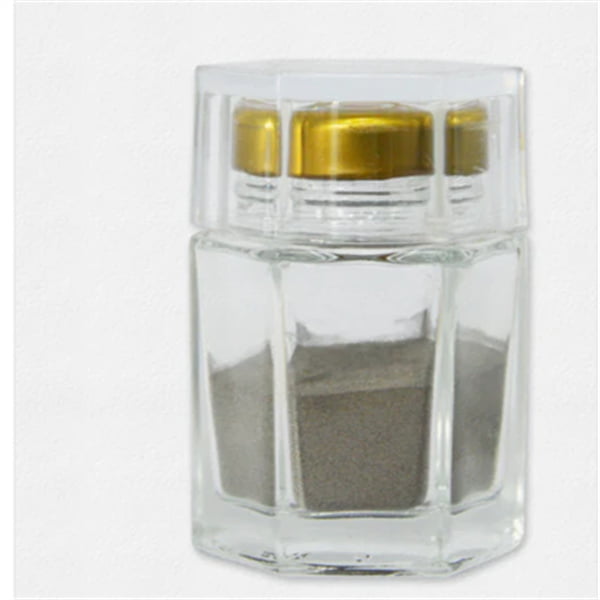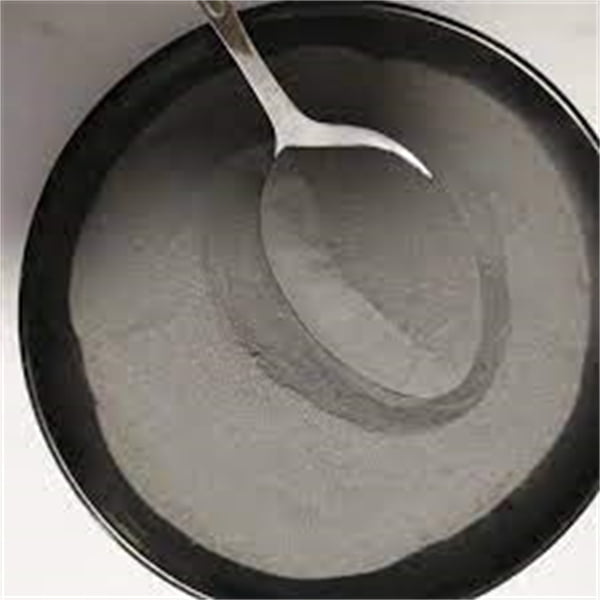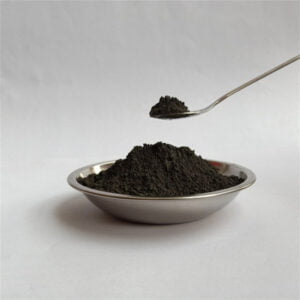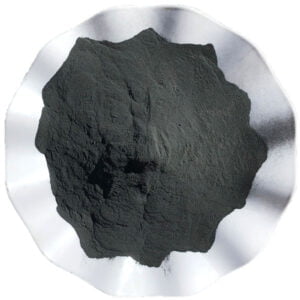3d Printing Powders Suppliers
Table of Contents
Overview of 3d printing powders suppliers
3d printing powders, also known as additive manufacturing, uses powders as the raw material to construct components layer by layer. The powders are fused or bound together using heat, laser, or binding agents to create three dimensional objects.
There are several technologies used in 3D printing like Selective Laser Sintering (SLS), Direct Metal Laser Sintering (DMLS), Electron Beam Melting (EBM), Binder Jetting, Fused Deposition Modeling (FDM), Stereolithography (SLA) and more. Each process utilizes different types of powders with specific properties and particle size distribution.

Types of 3D Printing Powders
| Powder Type | Materials | Characteristics |
|---|---|---|
| Plastics | Nylon, ABS, TPU, PE, PP | Most common, low cost, less strength |
| Metals | Aluminum, Stainless steel, Cobalt Chrome, Titanium, Tool steel | High strength, heat/corrosion resistance |
| Ceramics | Glass, Alumina, Zirconia | High temperature uses, brittle |
| Sand & Casting Powders | Silica sand, Zircon sand | For sand molds and cores |
| Magnetic Powders | Iron, Nickel, Cobalt | Applications needing magnetism |
| Biocompatible Powders | Titanium, PEEK, TCP | For medical implants, prosthetics |
Properties of 3D Printing Powders
| Property | Description | Importance in Additive Manufacturing |
|---|---|---|
| Particle Morphology | This refers to the shape and surface characteristics of the powder particles. | Spherical or near-spherical particles are ideal for optimal flowability, packing density, and printability. Irregularly shaped particles can hinder powder flow and lead to inconsistencies in the printed part. |
| Particle Size Distribution | The size of the powder particles plays a critical role in determining several aspects of the final printed part. | A narrow particle size distribution ensures consistent packing and minimizes voids within the printed layers. Particle size also influences the surface finish, with finer particles typically resulting in smoother surfaces. However, excessively fine particles can be challenging to handle and may reduce flowability. |
| Apparent Density & Tap Density | These properties represent the bulk density of the powder under different conditions. | Apparent density considers the spaces between particles at rest, while tap density reflects a more packed state achieved through a standardized tapping process. Higher tap density is generally desirable for efficient material utilization and good dimensional accuracy in the printed part. |
| Flowability | This refers to the ease with which powder flows under gravity or other applied forces. | Good flowability is essential for even powder deposition during the additive manufacturing process. Powders with poor flowability can lead to inconsistencies in layer thickness and potential printing defects. |
| Thermal Properties | These encompass characteristics like melting point, thermal conductivity, and coefficient of thermal expansion. | Thermal properties significantly influence the behavior of the powder during the printing process. The melting point determines the laser or energy source power required for fusion, while thermal conductivity affects heat distribution and potential warping of the printed part. The coefficient of thermal expansion needs to be considered to minimize residual stresses and cracking during cooling. |
| Sinterability | This property refers to the ability of the powder particles to bond together during the printing process. | Sinterability is crucial for achieving strong and cohesive bonds between layers, leading to a robust final part. Factors like particle size, surface chemistry, and material composition all influence sinterability. |
| Chemical Composition | The specific elements or compounds present in the powder determine its overall properties and suitability for different applications. | The chemical composition directly affects the mechanical properties, corrosion resistance, and other performance characteristics of the final printed part. For example, metal alloy powders with specific elements can offer high strength or improved biocompatibility for medical implants. |
Applications of 3D Printing Powders
| Industry | Applications |
|---|---|
| Aerospace | Turbine blades, jet nozzles, structural frames |
| Automotive | Prototyping, custom parts like gears |
| Medical | Dental copings, implants, prosthetics |
| Tooling | Casting patterns, injection molds, jigs & fixtures |
| Architecture | Models, decorative building elements |
| Consumer Products | Custom designs, rapid prototyping |
3D Printing Powder Specifications
Powder materials used in additive manufacturing must meet strict specifications for particle size distribution, morphology, flowability and purity. Typical size ranges, standards and grades are listed below:
| Material Type | Particle Size (μm) | Standards | Common Grades |
|---|---|---|---|
| Polymer powders | 20-150 | ASTM D638 | PA12, PLA, ABS, PC |
| Metal powders | 10-45 | ASTM F3049 | Ti-6Al-4V, 17-4PH, 316L |
| Ceramic powders | 10-150 | ASTM F2792 | Zirconia, Alumina, TCP |
| Casting powders | 140-200 | ASTM B213 | Silica sand, Zircon sand |
Global 3d printing powders suppliers
There are both large global suppliers as well as smaller niche powder manufacturers that service the additive manufacturing industry:
Large Powder Producers
| Company | Materials |
|---|---|
| Sandvik | Nickel and titanium alloys |
| GKN Powder Metallurgy | Tool steels, stainless steel |
| Höganäs | Stainless steels, alloys |
| Carpenter Additive | Cobalt chrome, titanium, more |
| BASF | Ultrafine polyamides |
Specialty Powder Producers
| Company | Materials |
|---|---|
| LPW Technology | Aluminum, titanium, Ni alloys |
| Praxair | Titanium, nickel superalloys |
| Arcam AB | Titanium alloys, CoCr, aluminum |
| 3DXtech | Plastics like ABS, nylon, more |
Cost Analysis of Metal 3D Printing Powders
| Factor | Description | Impact on Cost |
|---|---|---|
| Material Cost | This refers to the base price per kilogram of the metal alloy powder itself. | The cost of metal alloy powders can vary significantly depending on the specific alloy composition. Powders for commonly used materials like stainless steel or aluminum tend to be more affordable compared to those for high-performance alloys like nickel superalloys or titanium aluminide. Additionally, the presence of rare earth elements or complex manufacturing processes can further increase the cost of the powder. |
| Powder Volume | The amount of metal alloy powder required for a specific printing job directly influences the overall material cost. | Careful design optimization and minimizing support structures can help reduce the total powder volume needed, leading to cost savings. Additionally, utilizing powder recovery systems that capture and reuse unprinted powder can be beneficial for high-volume production. |
| Supplier Choice | Selecting a reputable metal powder supplier can impact costs. | Negotiating bulk purchase agreements or exploring alternative suppliers with competitive pricing strategies can help optimize material costs. It’s crucial to balance price with factors like powder quality, consistency, and technical support offered by the supplier. |
| Powder Characteristics | The specific properties of the metal alloy powder can influence its cost. | Finer powders generally require more complex manufacturing processes and may be more expensive. Additionally, powders with narrow particle size distributions or specific surface treatments for improved flowability can command a premium price. |
| Minimum Order Quantity | Some suppliers may have minimum order quantities for metal alloy powders. | This can be a cost consideration, particularly for prototyping or low-volume production runs. Exploring suppliers with smaller minimum order quantities or collaborating with other users to share bulk purchases can be cost-effective strategies. |
| Post-Processing Costs | Metal parts printed with 3D printing powders often require post-processing steps like heat treatment or hot isostatic pressing (HIP) to achieve optimal mechanical properties. | The cost of these post-processing steps needs to be factored into the overall analysis. In some cases, the need for extensive post-processing can negate the potential cost benefits of 3D printing compared to traditional manufacturing methods. |
Pros and Cons of 3D Printing Powders
| Pros | Cons |
|---|---|
| Design Flexibility: 3D printing powders enable the creation of complex geometries with intricate features that are difficult or impossible to achieve with traditional manufacturing methods. This opens doors for innovative designs and lightweight components in various industries. | Limited Material Selection: Compared to traditional manufacturing techniques, the selection of 3D printing powders is still evolving. While a wide range of materials are available, some alloys or specialty materials may not be readily accessible or may require qualification for specific printing processes. |
| Material Efficiency: 3D printing powders promote near-net-shape manufacturing, minimizing material waste compared to subtractive techniques like machining. This is particularly beneficial for expensive or high-performance materials. | Higher Cost: 3D printing powders themselves can be more expensive than bulk materials due to the additional processing involved in their production. Additionally, 3D printing equipment and post-processing steps can contribute to higher overall manufacturing costs, especially for low-volume production. |
| Tailored Properties: The properties of 3D printing powders can be precisely controlled through adjustments in the manufacturing process and powder composition. This allows for the creation of materials with specific characteristics like high strength, lightweight design, or biocompatibility for medical applications. | Surface Finish: The surface finish of parts printed with 3D printing powders can be rougher compared to machined or cast components. Additional post-processing techniques like polishing or machining may be necessary to achieve a desired surface quality. |
| Rapid Prototyping: 3D printing powders are ideal for rapid prototyping of complex parts. This allows for faster design iterations and quicker time-to-market for new products. | Safety Concerns: Handling some 3D printing powders can pose safety hazards due to potential flammability, inhalation risks, and skin irritation. Proper personal protective equipment and adherence to safety protocols are essential. |
| Inventory Management: 3D printing allows for on-demand production using readily available powders. This reduces the need for extensive inventory management of pre-made parts. | Process Control: Additive manufacturing processes involving 3D printing powders require careful control of parameters like laser power, scan speed, and layer thickness. Inconsistencies in these parameters can affect the quality and performance of the final printed part. |

FAQ
Q: What is the most commonly used plastic for 3D printing powders?
A: Polyamide 12 (PA12, nylon 12) is the most popular plastic powder with excellent properties and SLS process compatibility.
Q: What is the difference between virgin and recycled powders?
A: Virgin powders are fresh and unused as compared to recycled powders that originate from prior 3D printed parts. Virgin powder is more expensive but offers higher and more consistent quality.
Q: How are metal powders made for additive manufacturing?
A: Metal powders are made using gas or water atomization to produce fine spherical particles of alloys from melted feedstock under high pressure. The powders may undergo specialized treatments to modify size distribution, morphology, flow or composition.
Q: What precautions should be taken when handling powders?
A: Powder handling procedures must aim to minimize exposure, contain leakage and spills, ensure proper masks/PPE gear, provide adequate ventilation, and implement good housekeeping practices. Some metal powders can combust or explode if handled recklessly.
Q: What powder particle sizes are optimal?
A: Particle sizes ranging from 10 microns to around 100 microns normally offer the best results for spreading thin layers uniformly. Finer nano-scale particles can agglomerate while large particles reduce resolution. Matching particle size to 3D printer requirements is essential.
Q: How are part properties affected by powders?
A: Powder characteristics directly influence density, surface finish, precision, mechanical properties, microstructure and performance of printed components. Graded custom alloys and particle coatings allow tailoring material properties in additive manufacturing.
Share On
MET3DP Technology Co., LTD is a leading provider of additive manufacturing solutions headquartered in Qingdao, China. Our company specializes in 3D printing equipment and high-performance metal powders for industrial applications.
Inquiry to get best price and customized Solution for your business!
Related Articles
About Met3DP
Recent Update
Our Product
CONTACT US
Any questions? Send us message now! We’ll serve your request with a whole team after receiving your message.

Metal Powders for 3D Printing and Additive Manufacturing
COMPANY
PRODUCT
cONTACT INFO
- Qingdao City, Shandong, China
- [email protected]
- [email protected]
- +86 19116340731

















